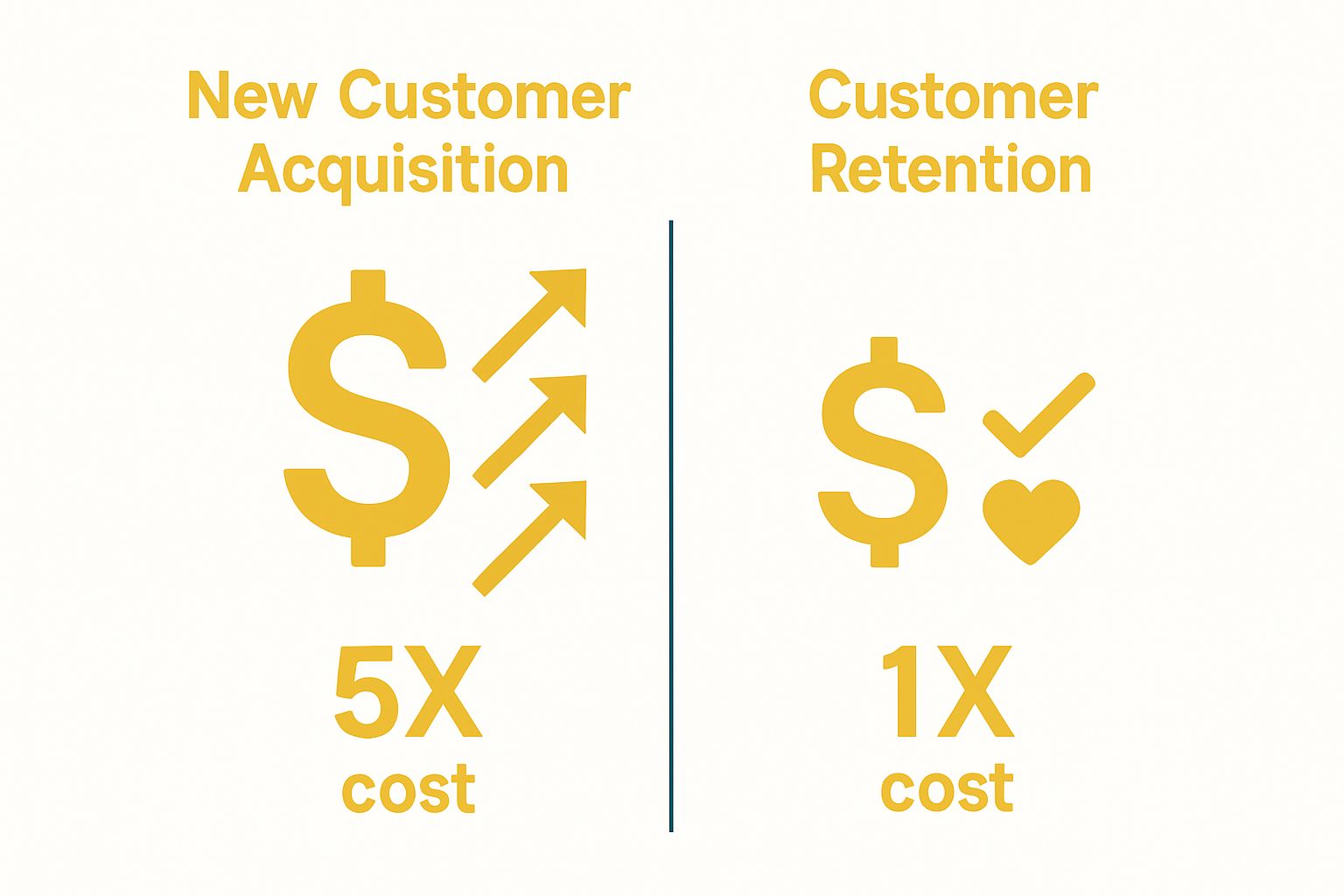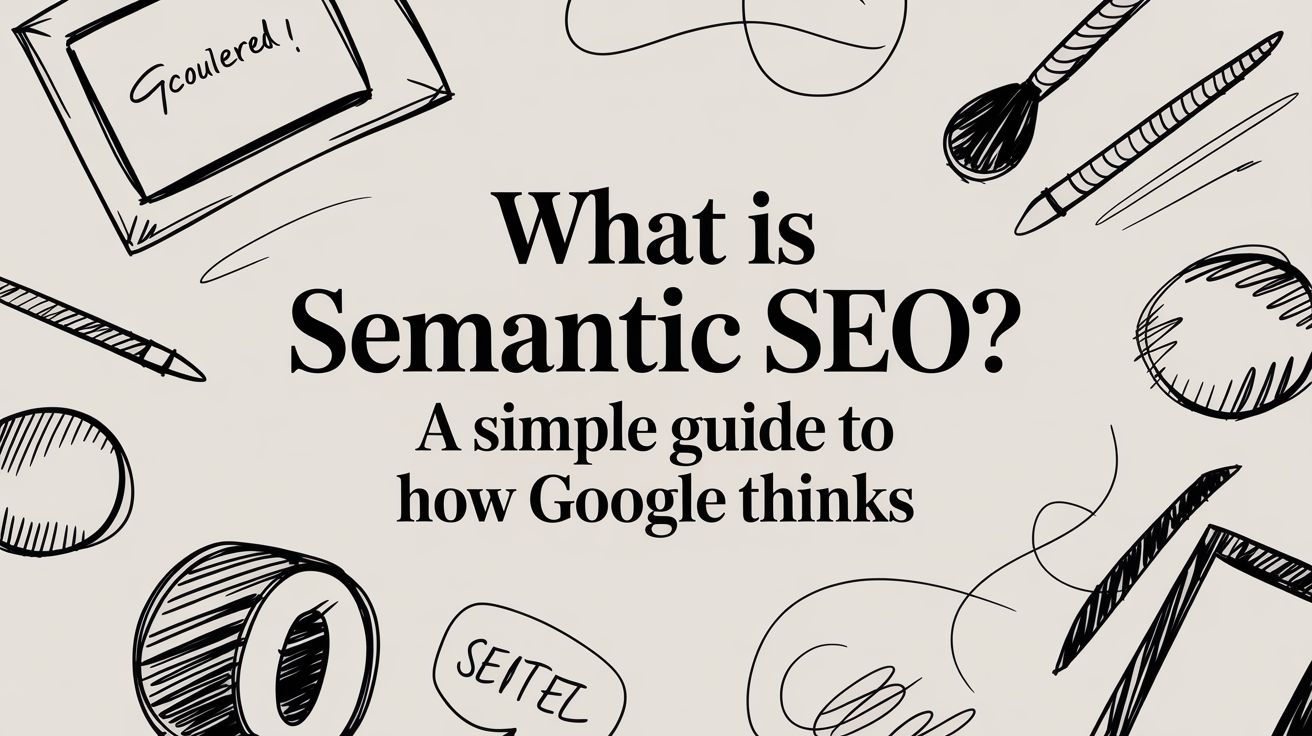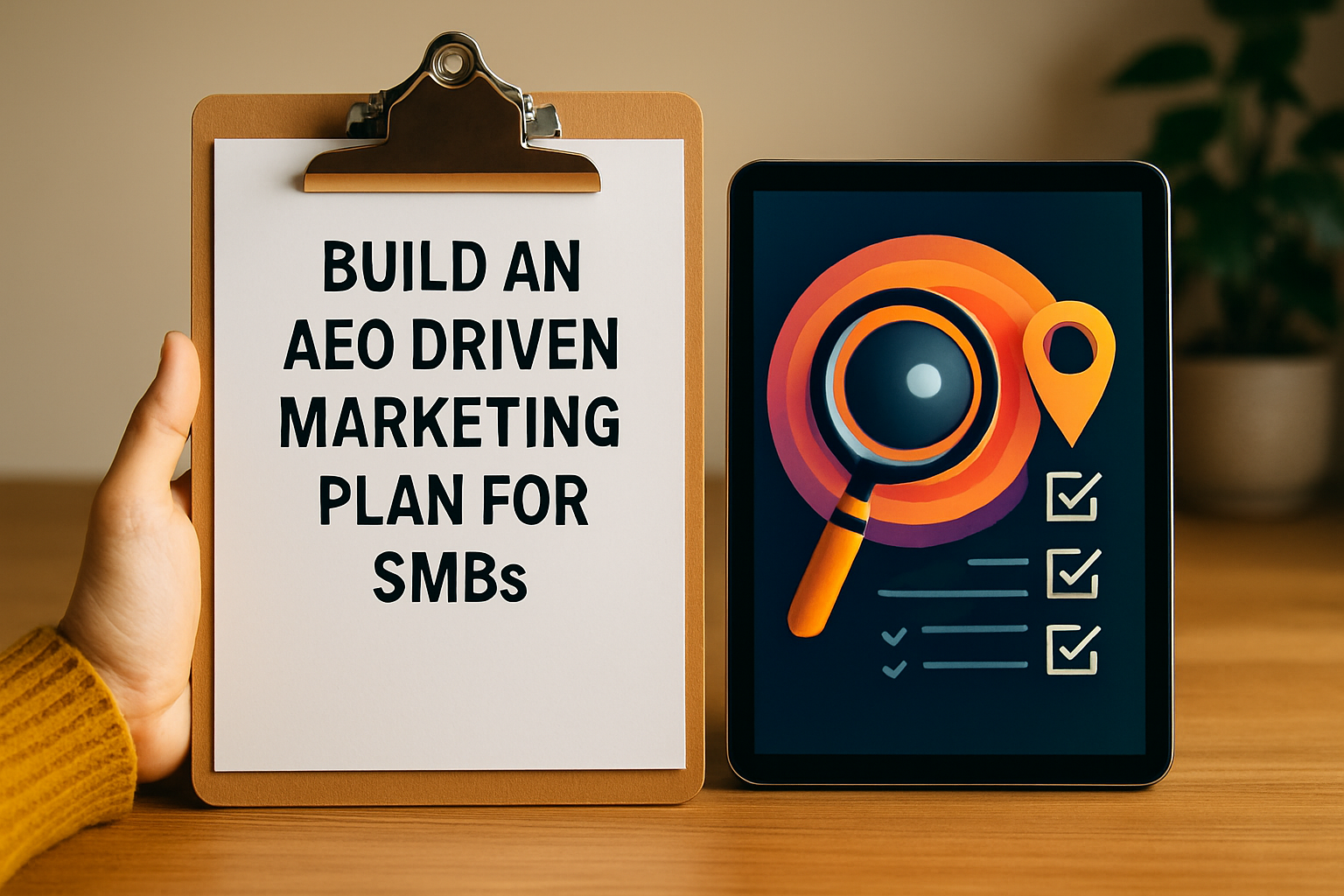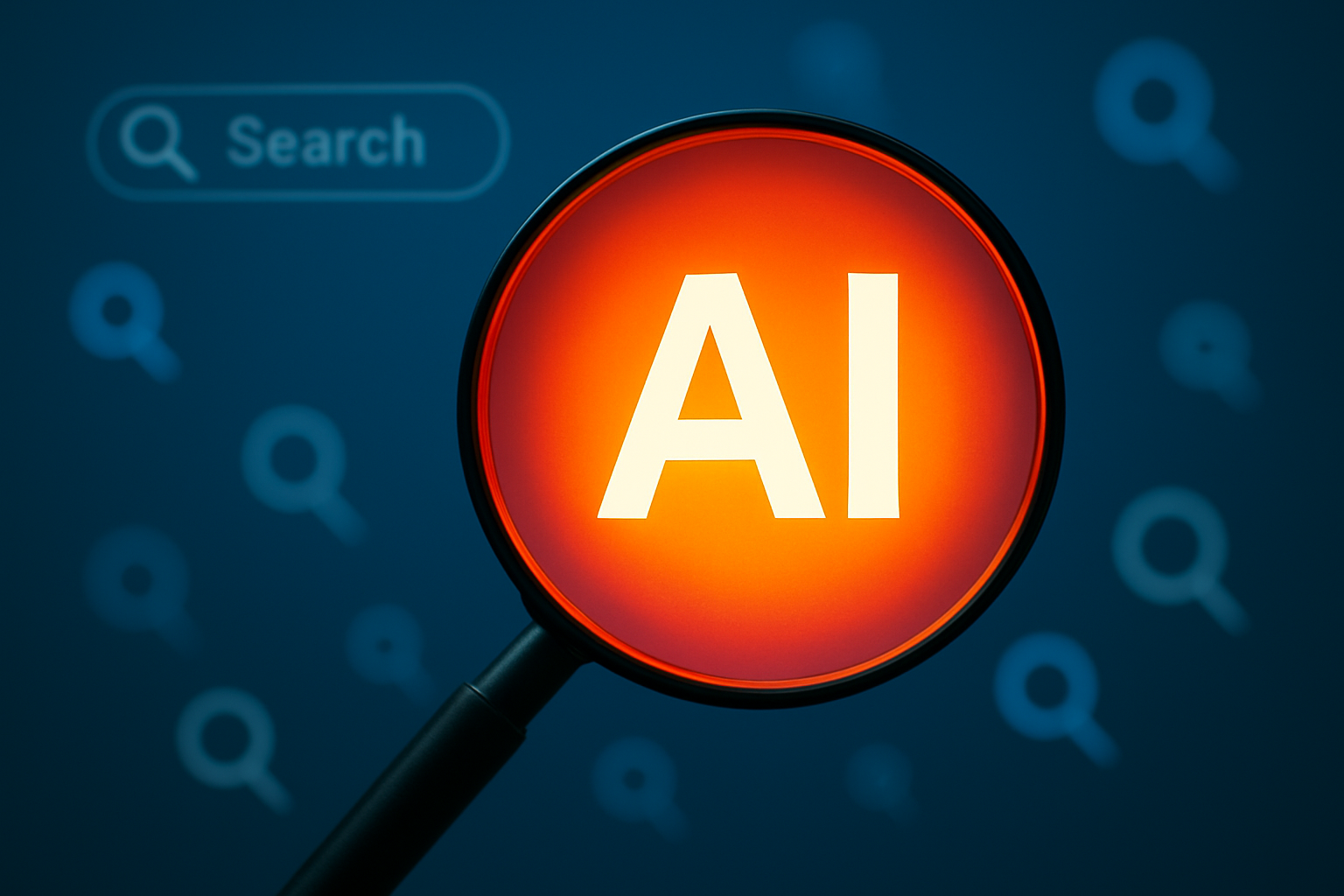What is Customer Retention? Understanding Its Importance

Every business wants loyal customers who keep coming back. Here is something most people miss. Acquiring a new customer can cost up to 25 times more than keeping an existing one. Yet, the real surprise is that a tiny 5 percent improvement in retaining customers can drive profits up by 95 percent or more. That flips the script on where real growth comes from.
Table of Contents
- Defining Customer Retention: A Comprehensive Explanation
- The Importance Of Customer Retention For Business Success
- How Customer Retention Works And Its Impact On Revenue
- Key Concepts And Strategies In Customer Retention
- Real-World Examples Of Effective Customer Retention
Quick Summary
| Takeaway | Explanation |
|---|---|
| Customer retention is essential for profitability. | A mere 5% increase in retention can uplift profits by 25% to 95%. |
| Focus on building emotional connections with customers. | Strong emotional ties foster loyalty and repeat business, enhancing overall brand perception. |
| Utilize metrics to assess retention strategies. | Key metrics like retention rate and customer lifetime value provide insights into customer loyalty. |
| Retention strategies must be personalized. | Tailored engagement initiatives enhance customer experience and promote lasting relationships. |
| Customer retention leads to competitive advantage. | Loyal customers become advocates, contributing significantly to brand growth through referrals. |
Defining Customer Retention: A Comprehensive Explanation
Customer retention represents a critical business strategy focused on maintaining and nurturing existing customer relationships. At its core, it involves creating experiences and value propositions that encourage customers to continue choosing your business over competitors. Harvard Business Review research suggests that acquiring a new customer can cost five to twenty-five times more than retaining an existing one.
The Fundamental Concept of Customer Retention
Customer retention goes beyond simple transaction tracking. It measures an organization’s capability to transform first-time buyers into loyal, repeat customers who consistently select your products or services. This metric reflects the quality of customer experience, product satisfaction, and overall brand perception.
Key components of customer retention include:
- Building strong emotional connections with customers
- Delivering consistent, high-quality service
- Creating personalized engagement strategies
- Proactively addressing customer needs and concerns
Measuring Customer Retention Performance
Businesses typically evaluate customer retention through specific metrics that provide insights into customer loyalty and potential churn risks.
The following table presents key customer retention metrics mentioned in the article, along with concise explanations of what each metric reveals about customer loyalty and business performance.
| Metric | Explanation |
|---|---|
| Customer Retention Rate | Percentage of customers who remain with the business over a set period. |
| Repeat Purchase Rate | Frequency at which customers make additional purchases after their first order. |
| Customer Lifetime Value | Total revenue a business earns from a customer throughout their relationship. |
| Churn Rate | Percentage of customers lost during a specific timeframe. |
| The most common measurement tools include customer retention rate, repeat purchase rate, and customer lifetime value. Forbes research indicates that companies with strong retention strategies can increase profitability by 25 to 95 percent. |
By understanding and implementing effective customer retention strategies, businesses can create sustainable growth models that prioritize long-term customer relationships over short-term transactional interactions.
The Importance of Customer Retention for Business Success
Customer retention is not just a marketing strategy but a fundamental business imperative that directly impacts financial performance and long-term sustainability.
To clarify the main financial and strategic benefits of customer retention discussed in this section, here is a table summarizing key advantages and their corresponding explanations.
| Benefit | Explanation |
|---|---|
| Lower Customer Acquisition Costs | Acquiring new customers is significantly more expensive than retaining existing ones. |
| Higher Revenue Per Customer | Repeat customers tend to spend more with each purchase. |
| More Predictable Revenue Streams | Retained customers provide consistent and reliable revenue flows over time. |
| Increased Referral Potential | Satisfied, loyal customers are more likely to refer others to the business. |
| Strong Competitive Differentiation | Loyal customers create a unique advantage that competitors may struggle to replicate. |
| Enhanced Customer Lifetime Value | Customers who remain with a business increase overall value through repeated transactions and loyalty. |
VIDEO:video_content] [Harvard Business Review research demonstrates that a modest 5% increase in customer retention can boost profits between 25% to 95%, underscoring its transformative potential for businesses across industries.
Financial Impact of Customer Retention
Retaining existing customers provides substantial economic advantages compared to continually acquiring new ones. The cost of attracting a new customer can be significantly higher than maintaining relationships with current clients. Businesses benefit from repeated purchases, increased customer lifetime value, and reduced marketing expenditures associated with constant customer acquisition.

Key financial benefits include:
- Lower customer acquisition costs
- Higher revenue per customer
- More predictable business revenue streams
- Increased customer referral potential
Strategic Competitive Advantage
Effective customer retention strategies create powerful competitive differentiators. Loyal customers become brand advocates who not only continue purchasing but also recommend services to their networks. Bain & Company research reveals that businesses with strong retention programs can generate up to 80% of their revenue from just 20% of their existing customer base.
Customer retention represents more than a numerical metric. It reflects an organization’s commitment to delivering exceptional value, understanding customer needs, and building genuine relationships that transcend transactional interactions. By prioritizing customer satisfaction and consistently meeting expectations, businesses transform sporadic buyers into committed, long-term partners.
How Customer Retention Works and Its Impact on Revenue
Customer retention operates through a systematic approach of understanding, engaging, and continuously delivering value to existing customers. McKinsey & Company research highlights that consistent customer experiences are paramount in building lasting relationships that drive revenue growth.
The Customer Retention Mechanism
The process of customer retention involves multiple interconnected strategies designed to create positive, memorable interactions that encourage repeat business. This mechanism transforms transactional relationships into long-term partnerships by addressing customer needs proactively and creating compelling reasons for continued engagement.
Key elements of the retention mechanism include:
- Personalized communication strategies
- Continuous value delivery
- Responsive customer support
- Regular feedback collection and implementation
- Adaptive service improvements
Revenue Generation Through Retention
Retention directly impacts revenue through multiple channels. Loyal customers tend to spend more, purchase more frequently, and become brand advocates who attract new clients. Gartner research indicates that increasing customer retention rates by just 5% can potentially increase profits by 25% to 95%.
Customer retention strategies transform traditional revenue models by shifting focus from acquisition to nurturing existing relationships. By understanding individual customer preferences, businesses can create targeted experiences that not only maintain current revenue streams but also generate exponential growth through enhanced customer lifetime value and organic referral networks.
Key Concepts and Strategies in Customer Retention
Customer retention strategies represent sophisticated approaches designed to transform transactional interactions into meaningful, long-lasting business relationships. Forrester Research emphasizes that successful retention goes beyond traditional customer service, requiring a holistic understanding of customer expectations and proactive engagement methods.
Core Strategic Foundations
Effective customer retention requires a comprehensive framework that integrates multiple organizational capabilities. This approach involves understanding customer behavior, creating personalized experiences, and developing systematic processes that consistently demonstrate value to existing clients.
Key strategic foundations include:
- Deep customer segmentation and profiling
- Predictive analytics for customer behavior
- Integrated customer feedback mechanisms
- Continuous experience optimization
- Emotional connection development
Implementing Retention Frameworks
Retention strategies demand a multifaceted approach that combines data-driven insights with empathetic customer interactions. Harvard Business School research indicates that businesses must develop adaptive frameworks capable of responding to evolving customer preferences and market dynamics.
Successful implementation requires organizations to move beyond transactional thinking and create comprehensive ecosystems that prioritize customer success. This involves developing intuitive communication channels, providing exceptional support, and consistently demonstrating tangible value that exceeds customer expectations. By transforming retention from a reactive process to a proactive strategy, businesses can build resilient customer relationships that drive sustainable growth and competitive advantage.
Real-World Examples of Effective Customer Retention
Customer retention strategies manifest differently across industries, demonstrating the adaptability and critical importance of maintaining strong customer relationships. Harvard Business Review emphasizes that successful retention approaches are never one-size-fits-all but require nuanced, industry-specific implementations.
Technology and Digital Service Retention Models
Leading technology companies have developed sophisticated retention strategies that prioritize continuous engagement and personalized experiences. Companies like Amazon and Netflix utilize advanced recommendation algorithms and personalized content strategies that anticipate customer preferences, creating sticky user experiences that dramatically reduce churn rates.
Key digital retention techniques include:
- Predictive personalization
- Seamless user experience design
- Proactive customer support
- Continuous product improvement based on user feedback
- Reward and loyalty program integration
Service Industry Retention Approaches
Service-based businesses demonstrate remarkable retention strategies through relationship-building and exceptional customer experience. Zappos stands out as a prime example, transforming traditional customer support into a relationship-driven interaction that goes beyond transactional exchanges. Their approach includes unlimited customer support, generous return policies, and genuine human connections that create emotional loyalty.
Successful retention models transcend traditional metrics by creating comprehensive ecosystems where customers feel valued, understood, and genuinely connected to the brand. These real-world examples illustrate that effective retention is not about manipulation but about creating authentic, mutually beneficial relationships that provide consistent value and exceptional experiences.

Turn Customer Retention Insights Into Real Results for Your Service Business
You learned in the article that customer retention is about more than repeat transactions. True loyalty stems from consistent service, emotional connection, and efficient support. Yet, many small businesses struggle to deliver these experiences, weighed down by manual admin, slow follow-ups, and scattered technology. If you are feeling the pressure of keeping up with customer expectations or worried about losing loyal clients, Authority Echo was built for you.

Let Authority Echo’s all-in-one platform transform how you retain and delight your customers. With automated scheduling, instant responses, AI-powered lead nurturing, and reputation management, you remove the common roadblocks to lasting relationships. Streamline your operations, respond faster, and nurture each client with the kind of care that keeps them coming back. Visit Authority Echo now to see how easy it is to start increasing your retention rate and fueling measurable growth today.
Frequently Asked Questions
What is customer retention?
Customer retention refers to a business strategy that focuses on nurturing and maintaining relationships with existing customers, encouraging them to continue choosing a particular brand over competitors.
Why is customer retention important for businesses?
Customer retention is crucial because retaining existing customers is often more cost-effective than acquiring new ones. A small increase in retention can significantly boost profitability and create long-term sustainable growth.
How can businesses measure customer retention?
Businesses can measure customer retention using several metrics, including the customer retention rate, repeat purchase rate, and customer lifetime value, which help identify customer loyalty and potential churn risks.
What are some effective strategies for improving customer retention?
Effective strategies for improving customer retention include personalized communication, consistent high-quality service, proactive customer support, and regularly gathering and implementing customer feedback.




